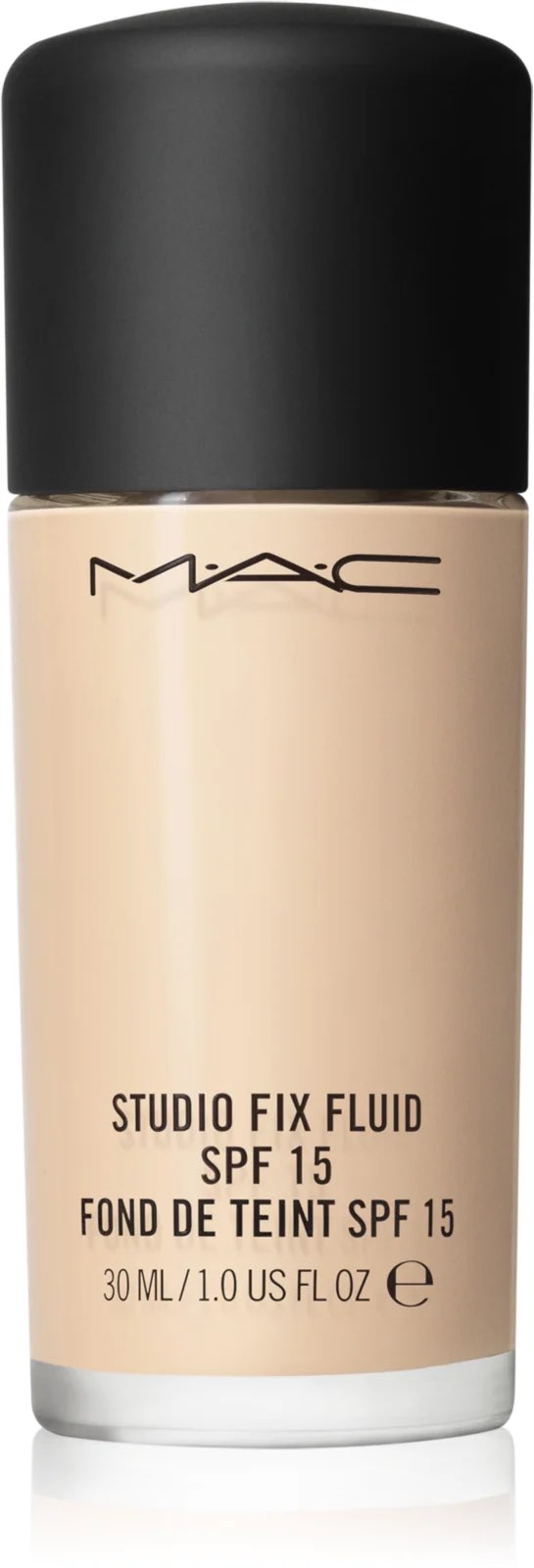How to find the right foundation shade for every skin tone
Let's face it, a good foundation is the essential product in every make-up bag. It smoothly covers breakouts, evens out skin tone and gives our skin a radiant finish.
But every now and then people buy foundations in the wrong shade, which is simply a waste of a great product. Here’s how to help clients to find the right match every time.
How to choose the right foundation
Long gone are the days when foundations were made only in a few shades. Beauty brands nowadays produce a wide variety of beautiful shades, formulas and finishes such as matte, natural and satin to fit every skin colour and type.
For example, the high-end brand MAC offers its best-selling lightweight and sweat-proof Mac Studio Fix Foundation in almost 70 shades.

How to determine the skin’s undertone
Did you know it is the undertone that decides the actual colour of your client’s skin?
The subtle colour underneath the skin's surface makes a huge difference and has nothing to do with how dark or light the skin is.
The skin tone changes during the year thanks to sun exposure, but the hue of the skin remains the same.
The right shade of undertone can be easily determined by the simple sun or wrist test:
- Cool undertone has a pink, red or bluish hue and the skin usually tends to burn easily in the sun. Also, the chest and shoulders are pink and the veins on the inner wrist have a purple or bluish tone.
- Warm undertone has a yellowish or golden hue with olive hints. This type of skin usually tans quickly and easily, the shoulders and chest have a peachy or yellow colour and the veins appear in a more green or olive shade.
- Neutral undertone combines cool and warm undertones. This type of skin tans easily and rarely gets sunburned. The veins on the wrist appear bluish-green.
Luckily, beauty companies make this whole process easier than ever and label their products with the undertone types.
For example, as previously mentioned Mac make-up is divided into four colour groups: C (cool), N (neutral), NC (neutral cool) and NW (neutral warm).
Top tip: The undertone trick can be used to make specific skin issues less visible.
For example, dark undereye circles in purple or blue hue can be reduced by using peachy or golden tones and skin redness can be reduced by greenish or yellow tones.
Foundation shade matching
Figuring out the skin tone is, of course, one of the main steps to finding the perfect foundation for light, medium or dark skin.
Combining the skin shade with the undertone may help your clients to narrow down their choices.
- Cool undertones need a foundation with a blue, red or pink base. A perfect match could be porcelain, cocoa, rose or sable.
- Warm undertones need a foundation with a yellow and gold base. A perfect match could be golden, tan, chestnut, beige or caramel.
- Neutral undertones need shades like ivory, nude or praline.
Top tip: You can also advise customers to try some shade-matching online tools like the Virtual Try On at notino.co.uk.
.jpg)
How does skin type effect foundation?
Determining your skin type and concerns is another great tip for choosing the right foundation.
With the wrong formula, dry skin may become even flakier and oily skin even greasier.
The right product should allow the skin to breathe, never clog pores or cause breakouts and should never have an unnatural, cakey finish.
The main skin types – oily, dry and combination – are not the only thing to consider. Your client’s skin may have particular needs or problems like breakouts, sensitivity or dullness that need to be kept in mind.
- For dry or combination skin it is OK for the foundation to include oils for its moisturising benefits. Foundation for dry skin may also include some special hydrating ingredients such as hyaluronic acid to leave a glowing and healthy finish.
- Acne-prone and oily skin needs oil-free and noncomedogenic foundations with a matt finish. Some foundations for oily skin may include active ingredients such as salicylic acid.
- Sensitive skin needs a hypoallergenic and scent-free foundation that will not irritate the skin during the day.
How to test foundation
Always advise customers to test foundations on the jawline and only in natural lighting.
The skin on our jawline is usually the closest to our natural undertone and the best indicator of the natural complexion.
It is best to pick three shades that seem to be a good match and dab each shade on the jawline, keeping some space between them. The perfect match should blend seamlessly with the face and neck.
Use our tips to help your clients to find the foundation that simply disappears into their skin and leaves a healthy look.


